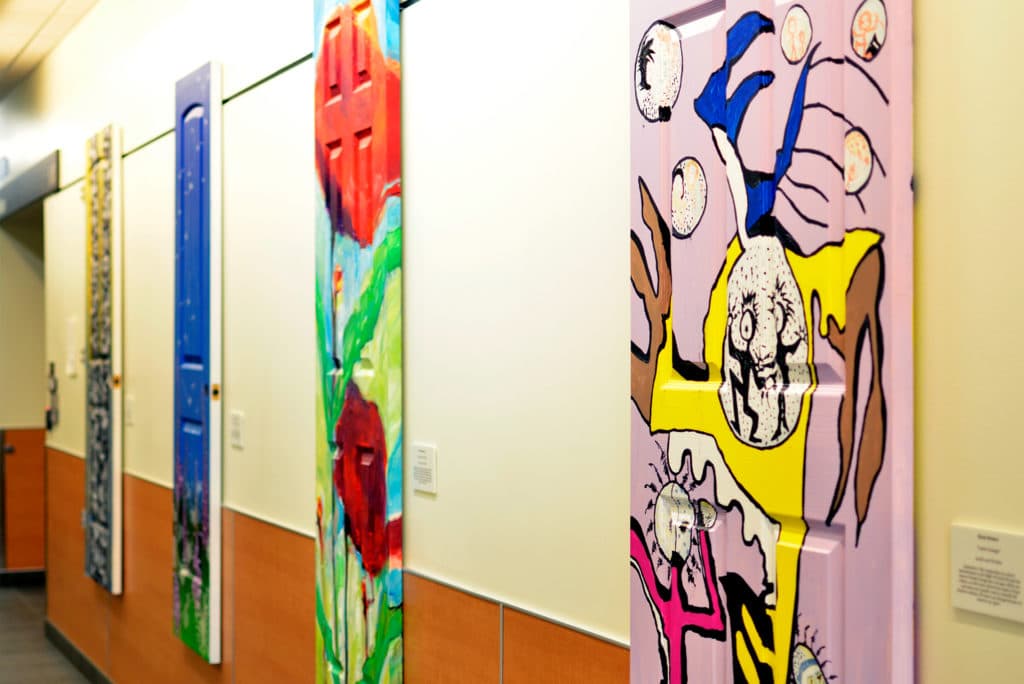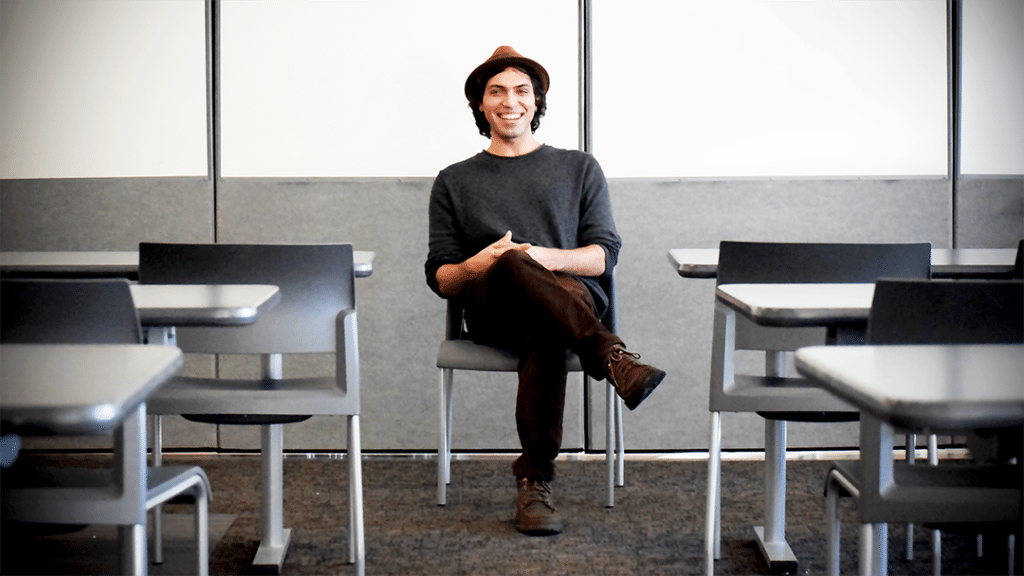Ten hours a day, four days a week, Pedro Aviles makes his living by going the extra mile.
It’s still a shorter trip than many of his students have to make.
Aviles, 26, is the wraparound services coordinator for a community collaboration called Back on Track that helps high school students who are seriously at risk of dropping out recover credits and re-engage with school.




It takes far more than academics to accomplish that. Aviles works to get students whatever help they need to get to school and succeed there, from night classes to eyeglasses, from food stamps to housing. He’s a shopper, teaching assistant, counselor, friend and unofficial truant officer.
Most important of all, he’s there – even when students wish he was not. Aviles is one of the people in Back on Track who makes sure kids don’t fall through the cracks.
“We contact them, reel them in,” Aviles said. “Sometimes you have to be super persistent.”
Aviles earned a bachelor’s degree in psychology from UAA in 2017 and saw the wraparound job advertised. He began his second year on the job in August. He works during afternoon and night classes at Covenant House downtown and at the Anchorage School District headquarters.
One of the toughest parts of his job is the frustrating appeals to students who don’t respond. But in two-plus years, that persistence has become a hallmark of Back on Track. Don’t show up, someone cares and makes a where-are-you call, or a call to remind you of the importance of getting to school on time.
Not all students are going to show up. But none are forgotten. Within the classrooms and care of Back on Track, there’s structure, sanctuary and solid ground.
“Some kids come from OK families and just need extra support,” Aviles said. But for many of the kids, even if they have a home, home is not solid ground, and they struggle with much tougher problems than the rigors of Algebra II.
“They don’t have families,” Aviles said, and described telltale signs: A student who is lethargic or sleepy because people in the home were drinking late into the night; a student who wears the same clothes day after day because no one is looking after her; a student’s chronic absence because there’s no one on the home front who sees that they go to school. Some kids have grown up in the foster system and have lived with hit-and-miss care.
For these kids, failing grades are collateral damage of chaos. But without that high school diploma, doors never open and chaos settles in. Earn that diploma, and the kids light a proverbial candle in the darkness.
Asked what he likes most about his work, Aviles smiled and didn’t hesitate.
“Obviously, the kids,” he said. “They usually have a lot of positive things about them.” Along with their resilience and sense of humor, Aviles noted a striking quality in kids who have had such a rough go: “Their zest.”

What Aviles and his colleagues offer is a place to express that zest and strengthen resilience. Problem-solving the fluctuating elements of students’ lives, from transportation to trauma, is a constant. Some students hold jobs, attend their regular schools and then take Back on Track classes.
Maintaining attendance is hard enough. And one way or another, students must do the work and make the grade. That requires gumption stronger than the grind.
Aviles is keen to offer something else, too. Something vital. Hope.
“There’s other things you could be. You’re bigger than your circumstances and what you’re used to.” When students open their eyes to that message, they see a broader, brighter horizon.
While hope may be hard to measure, we can measure a knock-out achievement: in just two years, 155 students have graduated as a result of Back on Track.
Help, hope, and hard work have turned into diplomas. Diplomas open doors to futures that promise something better than the present.
Back on Track costs an average of $1,900 per student. This holiday season, consider making a gift of hope to United Way of Anchorage.
*The Back on Track program was made possible through an AT&T Aspire Grant of $750,000 that expires this year. We are currently seeking additional investors for this program. The grant enabled us to increase the capacity of the AVAIL classroom at Covenant House by adding evening classes provided by the school district to accommodate more youth and support through housing, food, mental health services, and substances abuse counseling.
